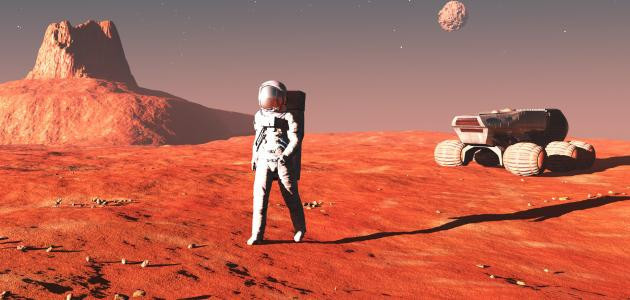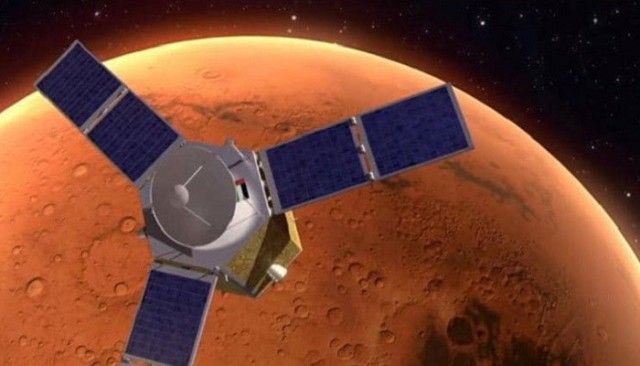SpaceX has begun designing and building future homes that will be used in the colonization of Mars by humans, and this matter has become relatively imminent and needs a few years from now.
According to Arab Net, according to a report published by the British Daily Mail, the company, in cooperation with NASA, has used 3D printing technology to draw and produce a human base or a residential city in order to start implementing it on the surface of the Red Planet once it is reached.
According to what the newspaper revealed, quoting the company, the human base includes comfortable and luxurious housing that includes a 55-inch TV, a fitness room and areas for growing crops.
SpaceX CEO Elon Musk has expressed his desire to establish a colony of one million people on Mars by 2050.
Texas-based construction technology startup ICON has built the first blueprint for a human base using 3D printing technology, in partnership with NASA.
According to the company, this is the preferred technology for building extraterrestrial habitats due to the lack of required building materials, according to the Daily Mail.
The newspaper says that the 158-square-meter architectural unit known as (Mars Dune Alpha) is currently under construction at the Johnson Space Center in Texas.
And last August, the US space agency said it was welcoming applicants to participate in a one-year project to simulate life in a distant world, which is scheduled to begin in the fall of next year.
These architectural modules will simulate important challenges on Mars, including resource limitations, equipment failures, communications delays, and other environmental stresses. The crew's tasks may include simulating spacewalks, scientific research, using virtual reality and robotic controls, and exchanging communications.
"This is the most accurate habitat ever simulated by humans," said Jason Ballard, co-founder of the producing company.
Mars Dune Alpha is intended to serve a very specific purpose, which is to prepare humans to live on another planet.
Ballard added: "We wanted to develop as close a model as possible to help humanity's dream of expanding into the stars."








































